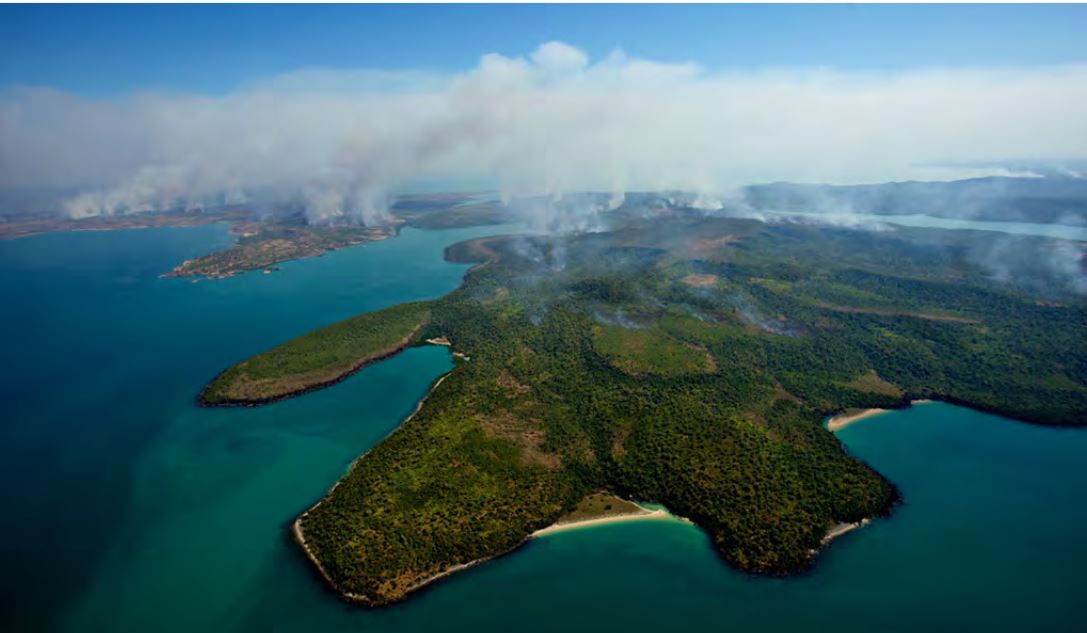“Something quite remarkable on a global scale is happening on Wunambal Gaambera country” said Ian Dutton in review ing the plan, “Indigenous people returning to their country have begun to reconnect and invigorate culture and ecological health”.
The 2015 mid-term evaluation of the Wunambal Gaambera Healthy Country Plan noted after only five years, measurable progress on several key strategies of the plan, including “right way fire”, which has carbon reduction, ecological and cultural benefits. Equally impressive has been the rapid development of natural resource management capacity through the Indigenous Ranger program and their work with local community members to renew traditional stewardship practices and knowledge.
After two centuries of disruption, Wunambal Gaambera traditional owners have begun to once again establish land and water management regimes that reflect 50,000 years of indigenous knowledge and are successfully using that knowledge to address modern threats such as climate change and invasive plant and animal species. This example, and dozens like it now emerging in Australia and elsewhere around the Pacific Rim (Pew Canada), provide impact investors with a clear vision of what is possible, and how to work with indigenous communities in order to achieve the many social and environmental outcomes that new forms of financial investment in indigenous land and water stewardship can help secure.
For further information, see the Wunambal Gaambera Healthy Country Plan – looking After Wunambal Gaambera Country, Wunambal Gaambera Healthy Country Plan (Moorcroft 2015), plus the documents below.

Right-way fire in the Kimberleys, NW Australia
